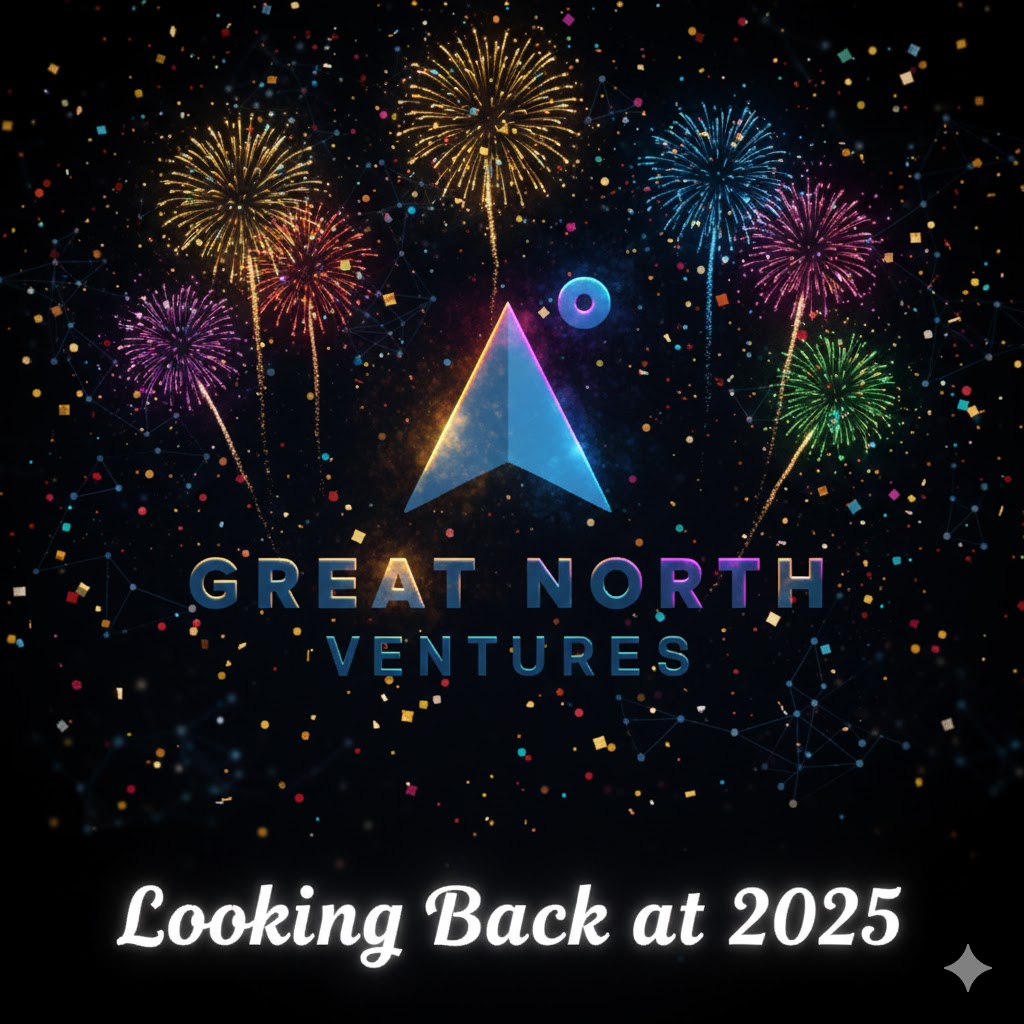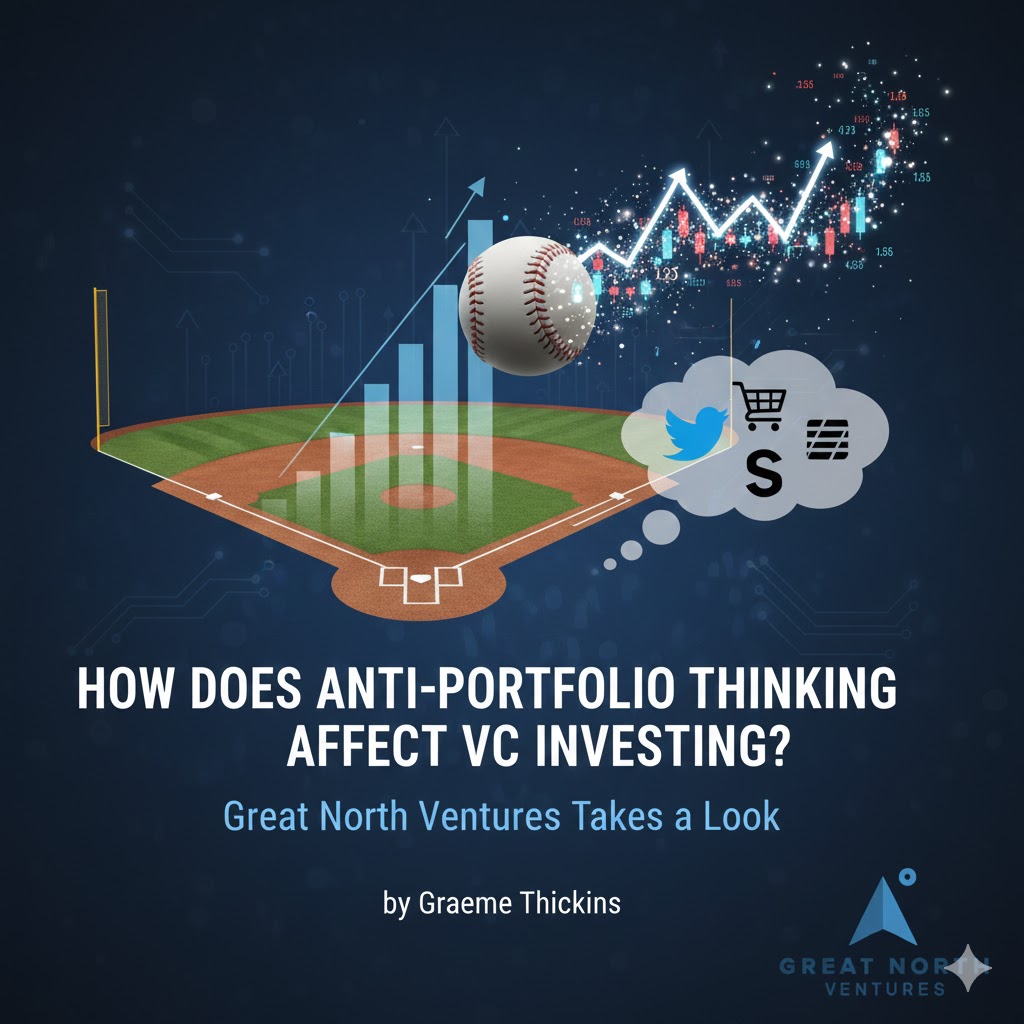Healthcare Today
Some of the smartest minds work in healthcare, life sciences and biopharma. Yet the healthcare sector struggles to bring innovation into its ecosystem. The pace of innovation adoption has been much greater in other sectors, including in communication (Facebook, Skype), learning (Google, YouTube, Coursera), shopping (Amazon), personal finance (PayPal), and entertainment (Netflix).
This is not because of a lack of innovation in the pipeline. Healthcare sector innovators are hard at work on drugs and therapeutics, devices, and operational aspects of healthcare delivery. Breakthroughs have come in genomics-based precision drugs, machine-learning-based disease detection, EMRs, payment systems, patient adherence and education tools. In healthcare, the innovation tends to be evidence-based, with scientific papers that quantify results from well-designed experiments, and a highly-skilled academic research ecosystem at their source. That aspect is unique in the healthcare sector, and the sector has other ecosystem attributes not seen in other sectors. It’s this unique ecosystem that makes market insertion, growth and adoption at scale more complex, requiring specific insight and enablement.
The Upper Midwest has substantial healthcare anchors to promote a thriving ecosystem of clinical innovation and practice. Examples include the leading research, teaching and clinical centers of the Mayo Clinic and University of Minnesota; hospital systems like Minnesota Health System and CentraCare; device manufacturer Medtronic; software companies like Epic; payers such as United Healthcare; and the processors Optum and United. There are also hundreds of strong, related entities across the region. Healthcare investment is shifting from traditional hotspots like Boston, Houston, and Raleigh-Durham to Silicon Valley, and while the global ecosystem catches up, there is an opportunity to take advantage of this transition to strengthen the ecosystem in the Upper Midwest.
Strong healthcare research leads to breakthrough ideas which require mentorship and incubation to grow. Leading research institutions can organize ecosystem support, such as how the University of Minnesota encourages mentorship through their Venture Center’s Business Advisory Group which brings together entrepreneurs, funds (including Great North Capital Fund), and industry leaders to drive the successful commercialization of its academic research. This is big business, and the U of MN now generates roughly $1B per year from such efforts (two-thirds life sciences and one-third software/IT).
Geographic and industry-themed startup accelerators have also begun to proliferate in the region. Startup accelerators support early-stage, growth-driven companies through education, mentorship, and financing for a fixed period of time, among an admitted cohort of companies. The multi-city startup accelerator, Gener8tor, is managing a new Twin Cities med-tech accelerator backed by Boston Scientific, the University of Minnesota, and the Mayo Clinic. Venture studios and incubators are other forms of early-stage support available in the region. Minneapolis-based Invenshure has successfully launched multiple healthcare startups.
The region’s healthcare system is also significant on the demand side. For example, the cost drivers of healthcare in Minnesota reflect those in the US at large. Yet, while challenges in patient care are also similar to those of other regions, Minnesota’s efficiency is better. Healthcare spending accounts for over 16% of the US economy but is only about 13% of the Minnesota economy. So not only are Minnesota-based insights relevant, they are valuable. Innovations can be developed and piloted in Minnesota, then applied in other states. Startups developed here can be scaled nationally and, with adaptation, internationally.

Figure 1: Health Care Cost Drivers: Spending and Shares of Growth by Service, 2011 to 2013.
(Source: Minnesota Department of Health).
Change is Accelerating
Each decade brings its own set of innovations that transform industries. The healthcare industry will undergo vast changes in the next 10-20 years. The growing spate of investments and partnerships among tech innovators is signaling an increasing rate of change in this sector. The most visible examples of these innovators include Amazon, Apple, Google, Qualcomm, and Walmart. Google Ventures alone did 27 healthcare deals in 2017, up from 9 in 2013.
These companies you wouldn’t normally think of as bastions of healthcare innovation, yet they are all allocating large talent pools and budgets in the industry. Until Tesla, who would have thought that the next innovation in cars would come from Silicon Valley? More than their balance sheets, the noteworthy attributes of these companies are their culture of observing ecosystems, and their practice of inserting innovation in a stepwise and sustained manner to upend markets.
When you combine such entities with those like Berkshire Hathaway and Goldman Sachs (both of whom are partnering with Amazon in healthcare), and the financial and corporate venture groups that work with them, a disruptive landscape begins to take shape in which other innovators and incumbents alike can find new opportunities. For innovators, it means aligning their innovations with insertion points with high economic value and low resistance. For incumbents, at minimum, it means awareness and being prepared; more proactively, it means proactive engagement with capital (e.g., investments through VC firms), pilots, and adoption. For example, the Mayo Clinic has partnered with Google on leveraging its Knowledge Graph smart search algorithm for patient education, and Optum’s venture arm (based in Boston and Silicon Valley) has allocated $250M to venture investments
The range of innovations in the pipeline is equally stunning. Early examples include smartphones coupled with wearables for clinical-grade data. Today’s pipeline includes voice assistants (trained Alexa-like products) for health-related questions, machine vision for detecting physical anomalies (in skin, bones, retinae, or genes) or even bacteria in food. There are AI and visualization-enabled robotic surgery tools for doctors (e.g., Verb Surgical); machine learning in patient-specific onset detection for things like allergies and COPD; big data in early cancer detection (e.g., Freenome) and other diseases like multiple sclerosis, Parkinson’s and autism. The Mayo Clinic and AliveCor have shown that an AI can be trained to identify people at risk for arrhythmia and sudden cardiac arrest despite normal EKG results. There is also analytics-optimized underwriting for individuals and small businesses (e.g., Oscar), Medicaid (Clover) and self-insured populations (Collective Health).
Enabling the Innovation
Applying capital to create, enable and grow innovation platforms, align disruption with practical value in startups, and engage institutions for initial adoption, deployment at scale, and sustained growth requires a deep understanding of the ecosystem and cross-disciplinary skills to navigate it. This is especially true in healthcare given the ecosystem’s unique attributes and complexity, the importance of human health, government regulation, and the depth of incumbency among some players.
Startups benefit from focused enablement of resources including mentors, partners, lab space, hardware/software development expertise, and communication and data analysis platforms. Healthcare enterprises benefit from investment partners who understand their service goals and the need to balance innovation within financial constraints and with operational realities such as the need for patient privacy and the limitations of government regulations.
At Great North Labs, we focus on bringing such forces together to apply capital and expertise effectively and efficiently. We study ecosystems and leverage experts as advisors. We bring people together at events and entrepreneur training, through referrals, and with investment, mentorship and thought leadership by our team. We apply our capital and resources locally, with a deep connection to innovation hubs nationally, and with the goal of scaling globally.







